Lead knife maintenance and care |
||||
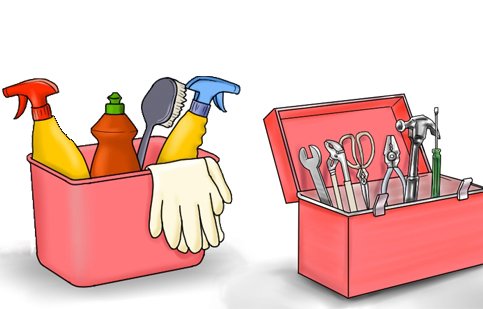 |
As with all tools, to preserve the life of your lead knife you should try to maintain it and store it correctly. | |||
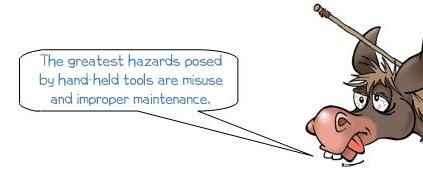 |
||||
Cleaning |
||||
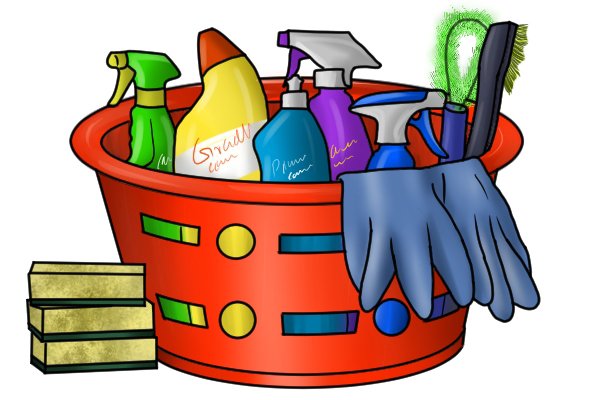 |
To try to prevent rust and corrosion, the knife should be kept clean and dry after use. All steels can rust if they are exposed to moisture, so the blades of lead knives should always be wiped dry after use. Occasionally applying some oil to the blade will also help prevent rust. | |||
Storage |
||||
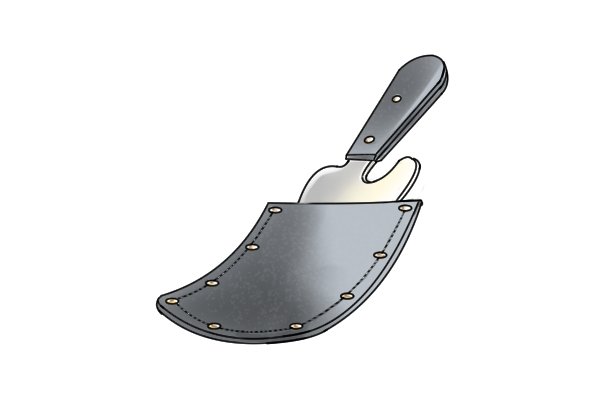 |
The best way to protect the blades of lead knives is to store them correctly. Knives should be stored where they will not be hit by other tools, which could chip or blunt the blade.
Ideally, a knife should have a leather sheath or pouch to protect the blade when it’s being stored. Otherwise, storing knives on a magnetic strip, or in a knife block, should prevent damage to the blade. |
|||
Correct usage |
||||
 |
Lead knives are all made to be able to cut lead came, which is a tough material. However, only some of them will be designed for other tasks as well. Check the specifications of individual tools to ensure you use them for their intended purpose. If you use a knife outside its specifications, it’s likely to become blunt much quicker than you would expect.
For more information see: What is a lead knife used for? |
|||
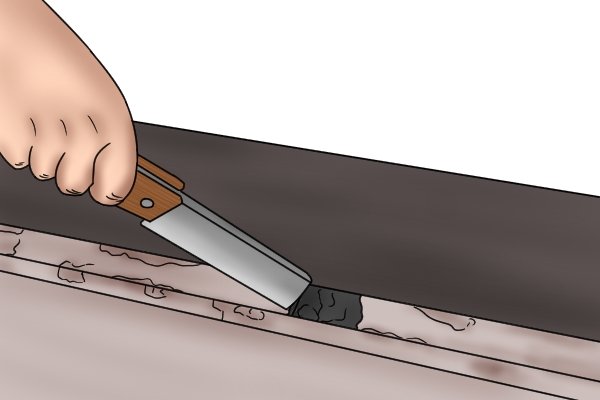 |
Lead knives will eventually blunt, even if they are used correctly. Most lead knives have blades which can be sharpened, at home or by professionals. Check the specifications of individual lead knives to see if the blade can be resharpened. | |||
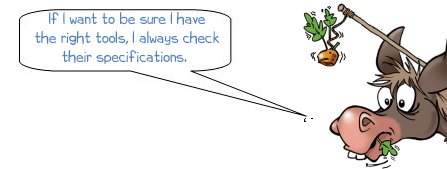 |
||||






